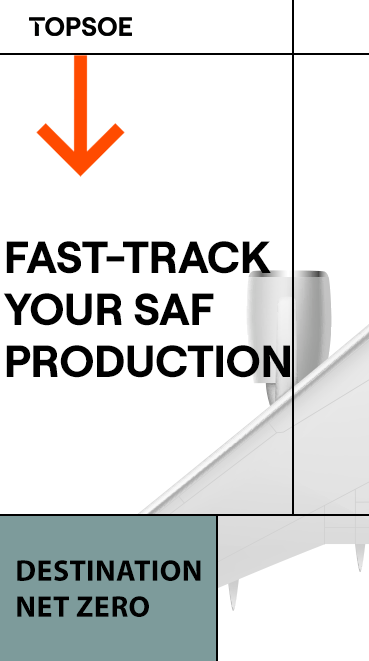12 American Soybean Association representatives testify at EPA public hearing on RFS

The American Soybean Association, along with others in the biofuels industry, weighed in this month on U.S. EPA’s draft “set” rule, which sets annual biofuel blending targets under the Renewable Fuel Standard, including proposed renewable volume obligations (RVOs) for 2023-’25.
EPA released its draft in early December, drawing surprise and concern from ASA and others. In a media statement on the decision, ASA said the draft set rule is “deeply disappointing for the biofuels industry and threatens the integrity of the RFS by significantly dialing back annual increases in volume obligations.”
On Jan. 10, ASA directors Dave Walton (Iowa), Chris Hill (Minnesota), Rob Shaffer (Illinois), Monte Peterson (North Dakota), Josh Gackle (North Dakota), Alan Meadows (Tennessee), Daryl Cates (Illinois), Steph Essick (Iowa), Dennis Fujan (Nebraska), Charles Atkinson (Kansas), and Jordan Scott (South Dakota), along with the group’s chief economist, Scott Gerlt, testified on the set rule during EPA’s virtual public hearing.
Soy growers said the new proposed rule will negatively impact producers by derailing the progress and growth made in biofuels investment. They said it also does not align with the administration’s previous commitment to mitigating climate change and lowering greenhouse-gas emissions.
As companies across the soybean-growing region have announced expanded crush capacity expected over the next three years that would increase soybean-oil supplies by about 5.5 billion pounds, Shaffer shared his concerns that EPA’s proposed rule will severely undercut those investments.
“EPA sent a signal to the market in its last rule that affirmed the government’s commitment to biomass-based diesel,” Shaffer said. “The market responded appropriately, announcing tremendous investments in the industry to spur growth and increase domestic soybean-oil supplies. The draft rule for 2023 and beyond would bring those investments to a grinding halt and prevent growth in the industry and our rural economy.”
Cates, president of ASA, shared similar concerns in his testimony.
“EPA made assumptions based on data that doesn’t take into account all the investments that have been announced across the biofuel value chain,” he said. “The fact that biomass-based diesel production has already surpassed the RVOs set forth in this rule tells you all you need to know—the proposal is deeply flawed and needs to be reconsidered to reflect the current state of the market.”
Essick urged EPA not to let weak RVOs stifle the progress being made in the low-carbon fuel sector.
“The rule shuts the door on growth in the biomass-based diesel sector and puts new soybean-crush plants like Platinum Crush in northwest Iowa that are being built with state support in jeopardy,” she said. “In northwest Iowa, the closest plant can be more than an hour away for some farmers, and it often has wait times of more than three hours. This new plant will save farmers time and money, and it will lower their emission outputs because of the shorter travel and wait times.”
ASA said it appreciated the opportunity for public comment and will continue to strongly urge EPA to reevaluate its proposed RVOs for 2023 and beyond before publishing a final rule.
Through a consent decree submitted by EPA and Growth Energy, EPA is required to release the final set rule by June 14.






















-RKstandin.jpg)
_gif.gif)




